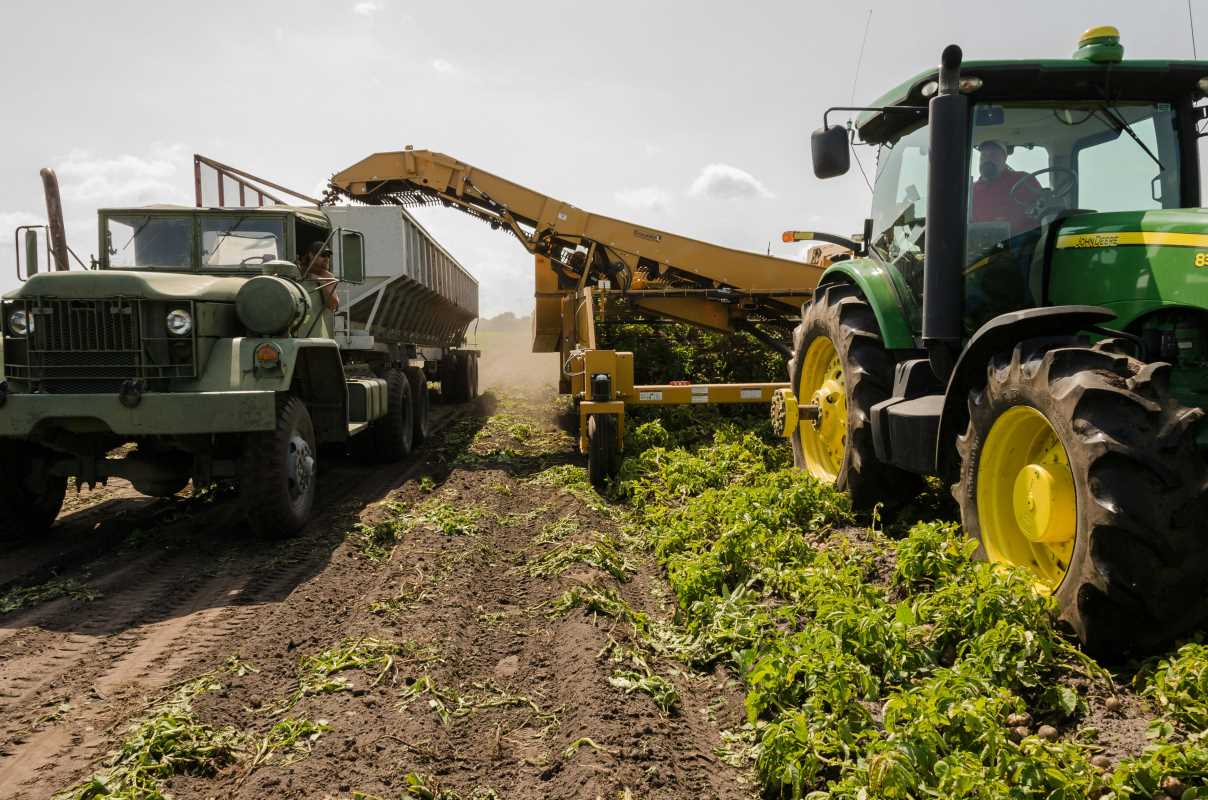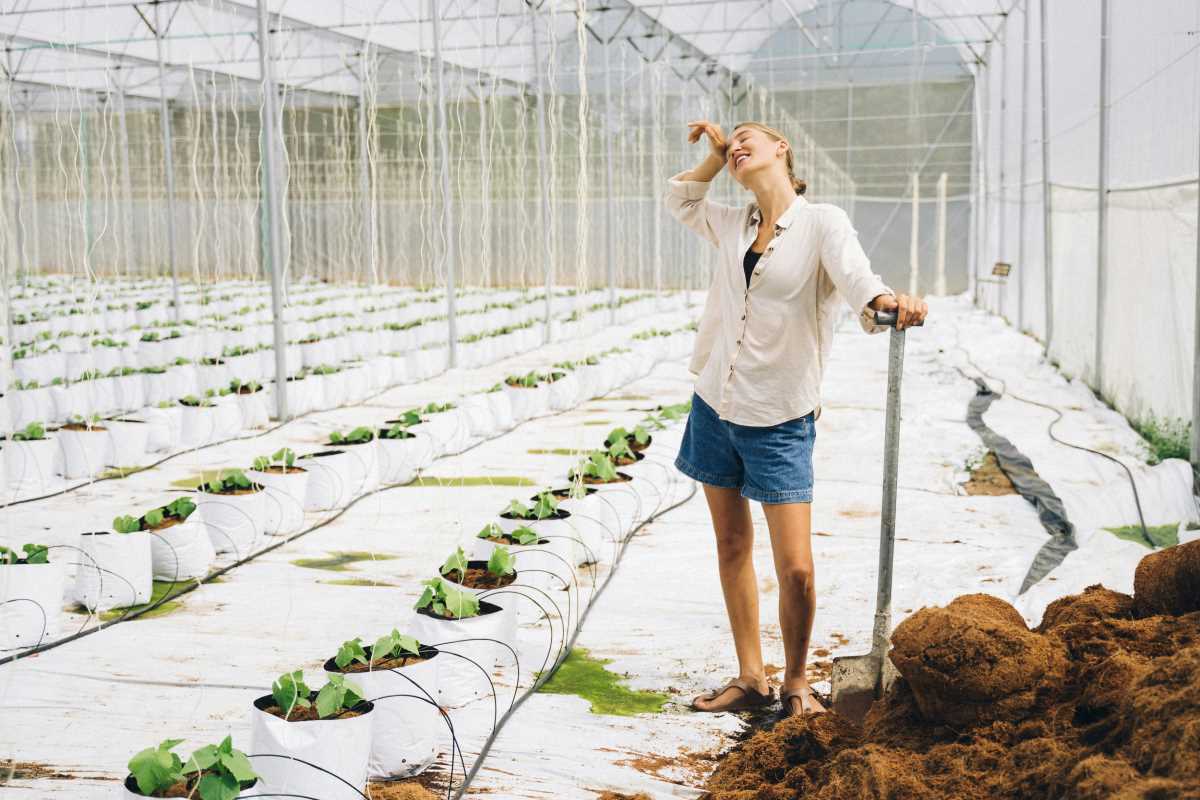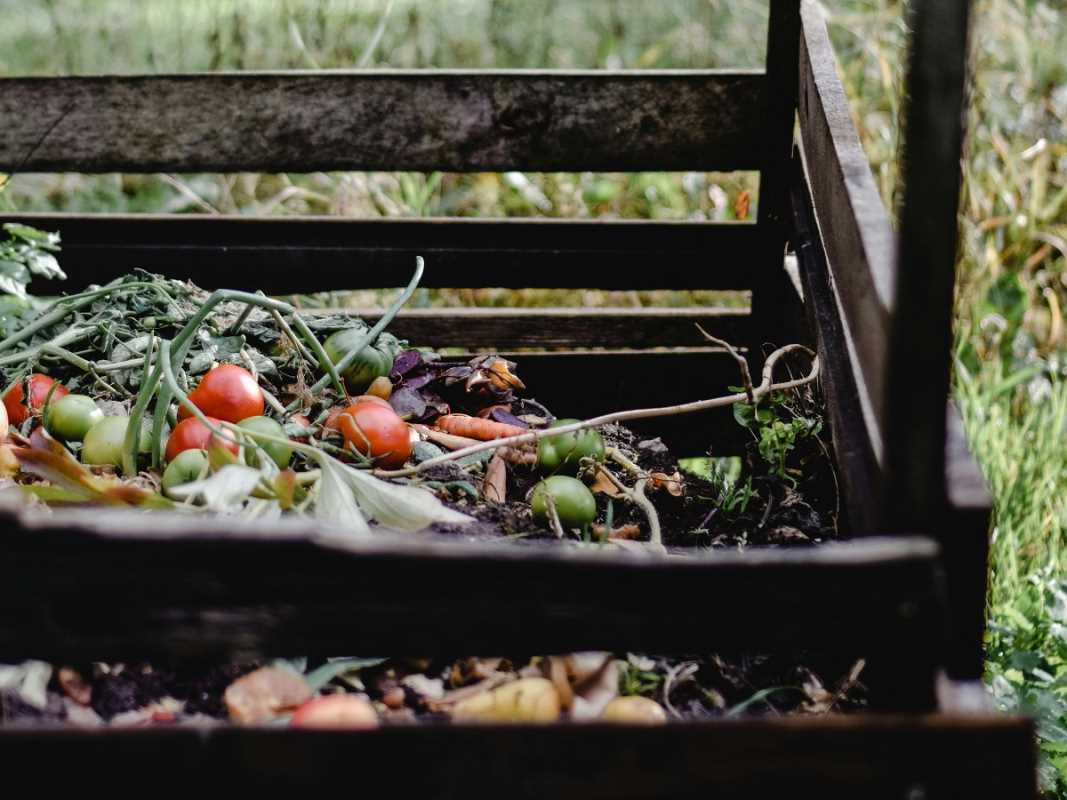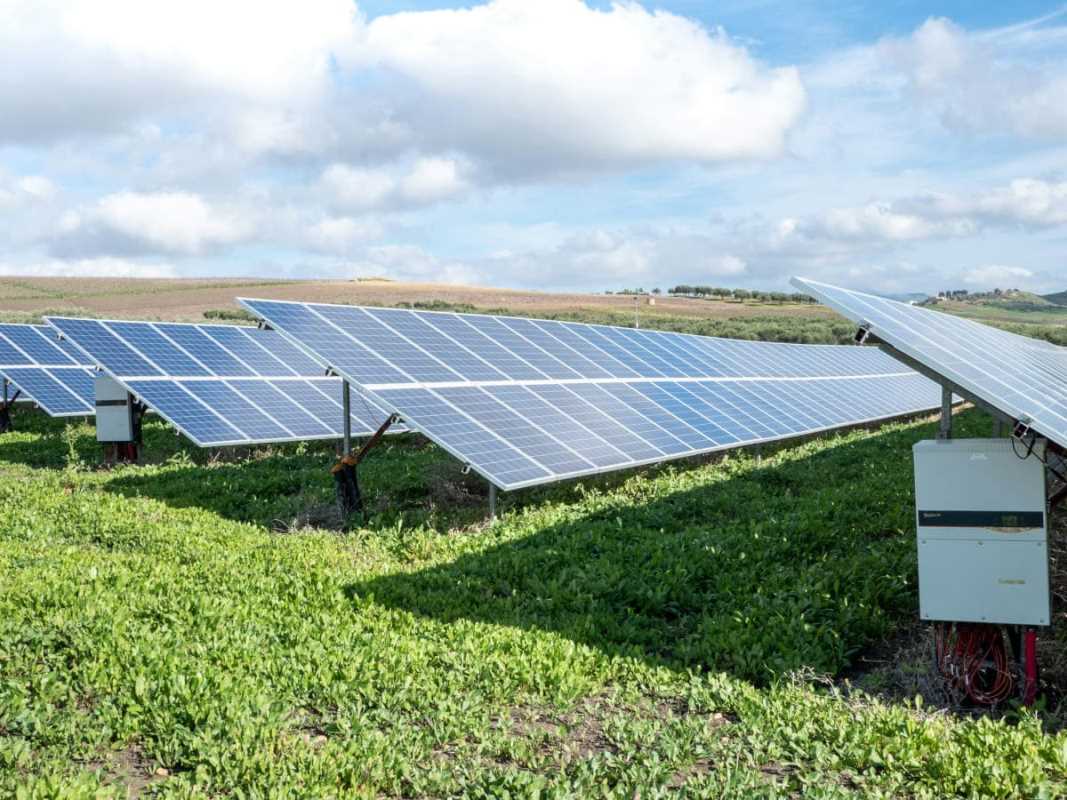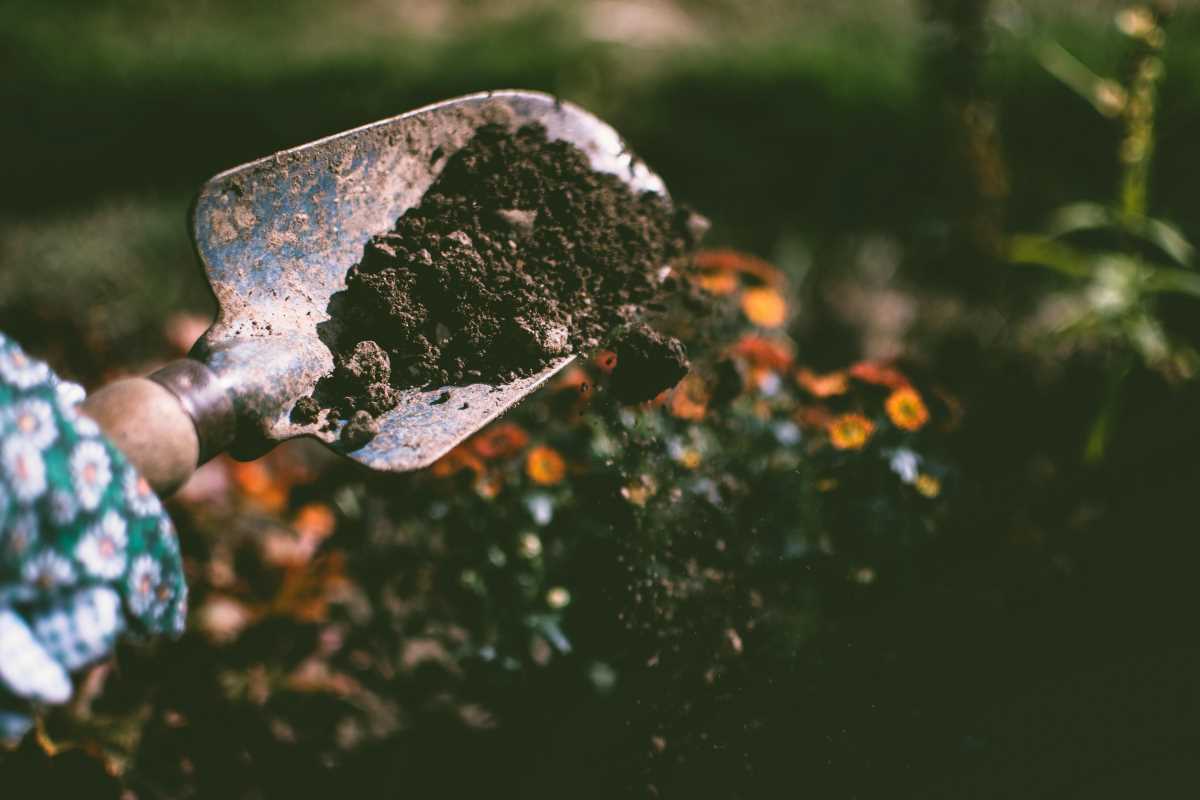Modern monitoring tools offer practical solutions for keeping open fields healthy and productive. By relying on easy-to-use devices that track moisture levels, farmers and land managers can plan watering times with greater accuracy and support the lasting health of their pastures. These technological tools simplify daily work, taking the guesswork out of essential tasks and allowing users to make clear decisions that benefit their fields. With accurate data at their fingertips, those who care for the land can address issues before they become problems and maintain fields that stay lush and resilient throughout the growing season.
Getting the most out of land management means relying on clear data and smart decisions. Soil sensors help make field care less guesswork and more targeted actions aimed at nurturing flourishing growth in every corner of the property.
Understanding Soil Moisture Sensors
Soil moisture sensors track the water content in the earth and display readings that help make informed watering decisions. These useful devices help farmers avoid both overwatering and under-watering, which can weaken the strength and growth of each pasture section.
- They provide real-time data to guide irrigation schedules.
- They help reduce water waste by targeting watering only when needed.
- They offer insights into soil conditions that influence plant health and root growth.
- They support long-term soil quality by avoiding waterlogging and nutrient leaching.
Monitoring devices are straightforward to install and connect seamlessly with other agricultural technologies, offering a reliable transition from manual to automatic field care. This reliability opens up opportunities for more precise management of large tracts of land.
How Soil Moisture Sensors Improve Pasture Health
Using soil sensors transforms routine tasks by providing key insights into the hydration needs of pastures. They can detect subtle changes in moisture levels, supporting better crop performance and reducing waste.
The following numbered list details specific ways that soil moisture sensors contribute to stronger, healthier pastures:
- They alert you when areas of the field need water, ensuring even distribution and preventing dry patches.
- They allow you to adjust irrigation systems to deliver water precisely where and when it is needed.
- They help maintain consistent moisture levels that support optimum root development, leading to increased nutrient uptake.
- They reduce the chances of diseases that thrive under overwatering conditions by preventing excess moisture.
- They support sustainable land management practices with data that outline historical trends and future projections.
With these clear and measurable benefits, you can fine-tune variance across your land to meet the specific demands of different crops and soil types.
The structured approach ensures that watering schedules stay aligned with each segment of the land, ultimately leading to better harvests and lower resource costs.
Selecting the Right Sensors for Your Land
When choosing sensors, consider the field size, soil type, and typical weather patterns. Find devices that are weather-resistant and designed for long-term outdoor use.
Start by reviewing product specifications and comparing features such as battery life, connectivity options, and data logging frequency. Adjust your choice to match the specific needs of your fields and budgetary limits without sacrificing quality.
Look for models that connect with local weather stations or digital platforms. Doing so provides a comprehensive view of both the natural environment and the immediate soil conditions at your property.
Another tip is to select products that offer reliable customer support and have received positive reviews from other users managing large properties. These aspects often indicate that the sensor will deliver consistently even in challenging rural settings.
Best Practices for Installing and Using Soil Moisture Sensors
Proper installation is key to obtaining accurate data. Spend time planning sensor placement to get readings that reflect the overall condition of your land. Consider varying soil types and elevation differences in your property.
Here are some actionable tips for placement, maintenance, and data usage:
- Place sensors at root level in areas that represent average soil conditions, avoiding spots that are overly shaded or exposed.
- Keep sensors away from man-made structures or water sources that may skew readings.
- Check battery life and sensor calibration regularly to maintain accurate performance over time.
- Integrate sensor data with a central monitoring system, if possible, to view trends and adjust watering schedules accordingly.
- Ensure regular cleaning of sensor probes to prevent residue buildup which can affect functioning.
Update your irrigation plans regularly based on sensor feedback. This keeps the water supply in tune with actual needs and adjusts automatically to environmental changes.
Combining timely data with smart planning ensures that both minor adjustments and long-term trends contribute to the overall field management process.
Connecting Sensors with Other Precision Tools
Integrating moisture sensors with other monitoring tools creates a comprehensive network that delivers real-time insights for precise field management. Automated systems can adjust irrigation as conditions change, reducing manual labor and improving accuracy.
Using these methods ensures sustainable water usage and healthier crops. Follow these guidelines to adopt modern techniques and quickly see improvements in your land’s vitality.
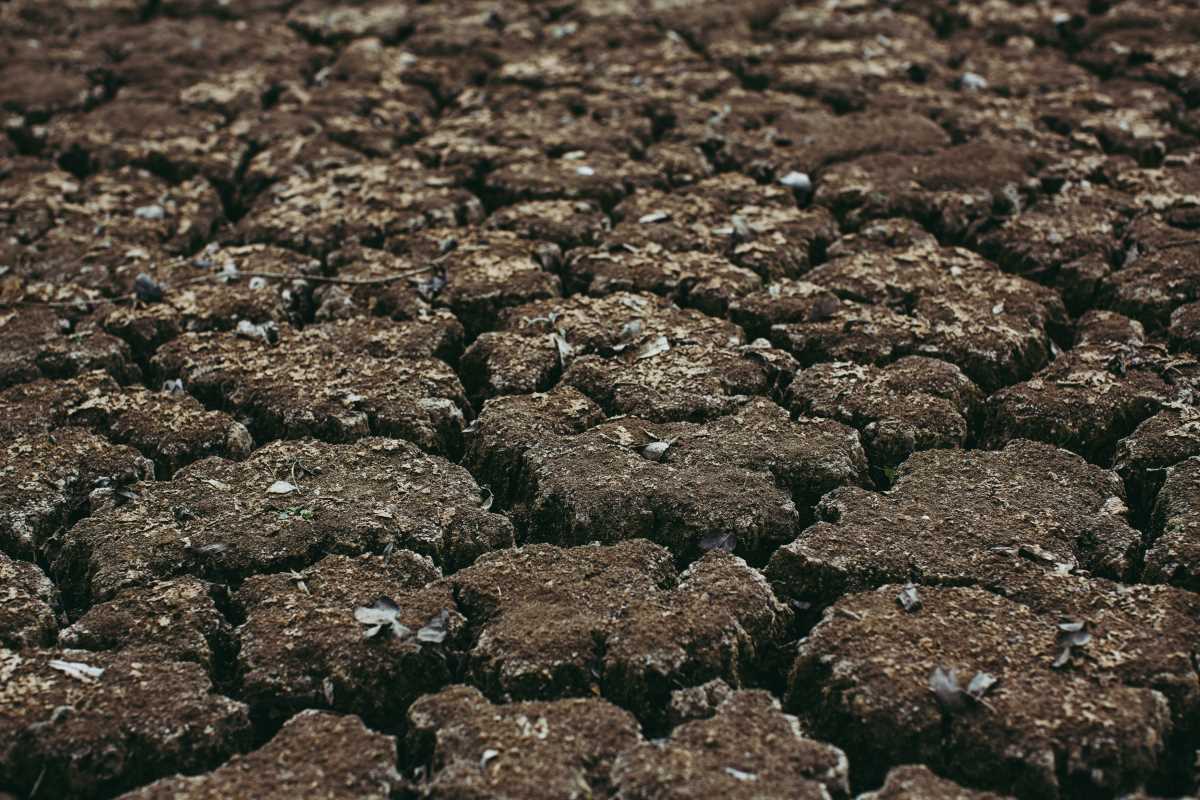 (Image via
(Image via
